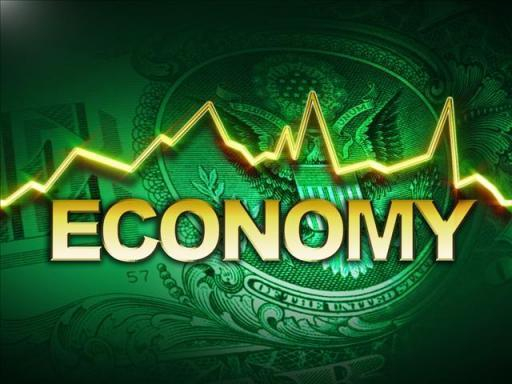Market Data

December 28, 2020
November Marks Seventh Month of Gains for Durable Goods Orders
Written by Sandy Williams
Orders for durable goods rose for the seventh month in November, edging up 0.9 percent after a 1.8 percent gain in October. Transportation equipment orders gained 1.9 percent and included a 2.4 percent rebound in orders for motor vehicles and parts, according to the latest Census data.
Core capital goods, orders excluding defense and aircraft, rose 0.4 percent from October and 0.8 percent year-over-year. The metric is a closely watched proxy for business spending and follows a 1.6 percent jump in October.
“Headline durable goods orders rose to within reach of their pre-Covid level in November, but the pace of gains is slowing and factory activity will grind forward in a low gear in 2021,” said Oren Klachkin, lead U.S. economist at Oxford Economics.
The November 2020 advance report on durable goods manufacturers’ shipments, inventories and orders follows:
New Orders
New orders for manufactured durable goods in November increased $2.2 billion or 0.9 percent to $244.2 billion. This increase, up seven consecutive months, followed a 1.8 percent October increase. Excluding transportation, new orders increased 0.4 percent. Excluding defense, new orders increased 0.7 percent. Transportation equipment, up six of the last seven months, led the increase by $1.5 billion or 1.9 percent to $78.8 billion.
Shipments
Shipments of manufactured durable goods in November, up six of the last seven months, increased $0.7 billion or 0.3 percent to $250.1 billion. This followed a 1.5 percent October increase. Primary metals, up seven consecutive months, led the increase by $0.3 billion or 1.8 percent to $19.2 billion.
Unfilled Orders
Unfilled orders for manufactured durable goods in November, down eight of the last nine months, decreased $0.8 billion or 0.1 percent to $1,072.9 billion. This followed a 0.2 percent October decrease. Transportation equipment, down nine consecutive months, drove the decrease by $3.5 billion or 0.5 percent to $713.3 billion.
Inventories
Inventories of manufactured durable goods in November, up three consecutive months, increased $3.9 billion or 0.9 percent to $426.6 billion. This followed a 0.3 percent October increase. Transportation equipment, up 26 of the last 27 months, led the increase by $2.4 billion or 1.6 percent to $150.7 billion.
Capital Goods
Nondefense new orders for capital goods in November increased $0.2 billion or 0.3 percent to $71.2 billion. Shipments decreased $1.6 billion or 2.2 percent to $71.8 billion. Unfilled orders decreased $0.6 billion or 0.1 percent to $591.2 billion. Inventories increased $2.3 billion or 1.2 percent to $196.1 billion.
Defense new orders for capital goods in November decreased $0.1 billion or 0.5 percent to $12.5 billion. Shipments increased $0.8 billion or 6.7 percent to $13.4 billion. Unfilled orders decreased $0.9 billion or 0.5 percent to $178.7 billion. Inventories decreased $0.4 billion or 1.7 percent to $21.0 billion.
Revised October Data
Revised seasonally adjusted October figures for all manufacturing industries were: new orders, $482.0 billion (revised from $480.8 billion); shipments, $489.4 billion (revised from $488.6 billion); unfilled orders, $1,073.7 billion (revised from $1,073.3 billion) and total inventories, $687.9 billion (revised from $687.3 billion).






